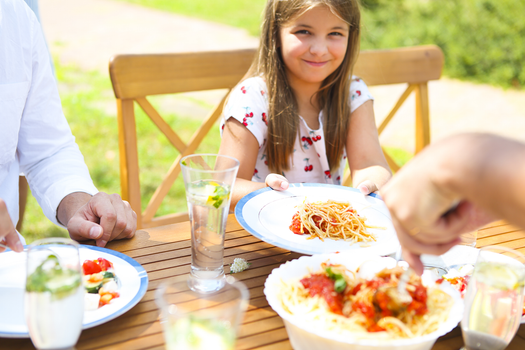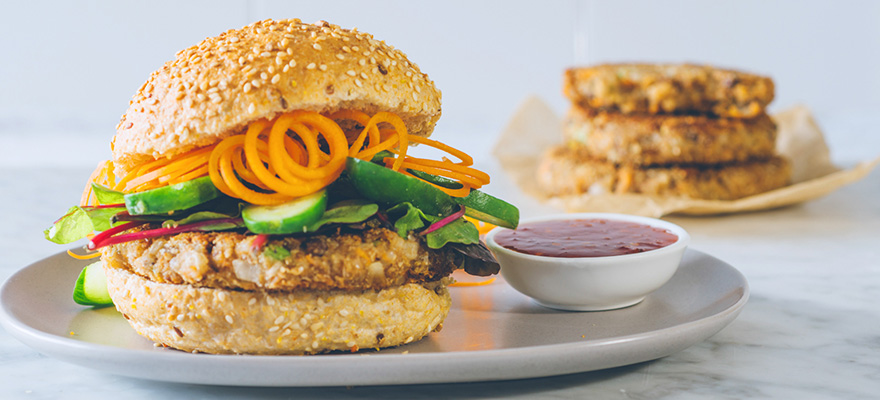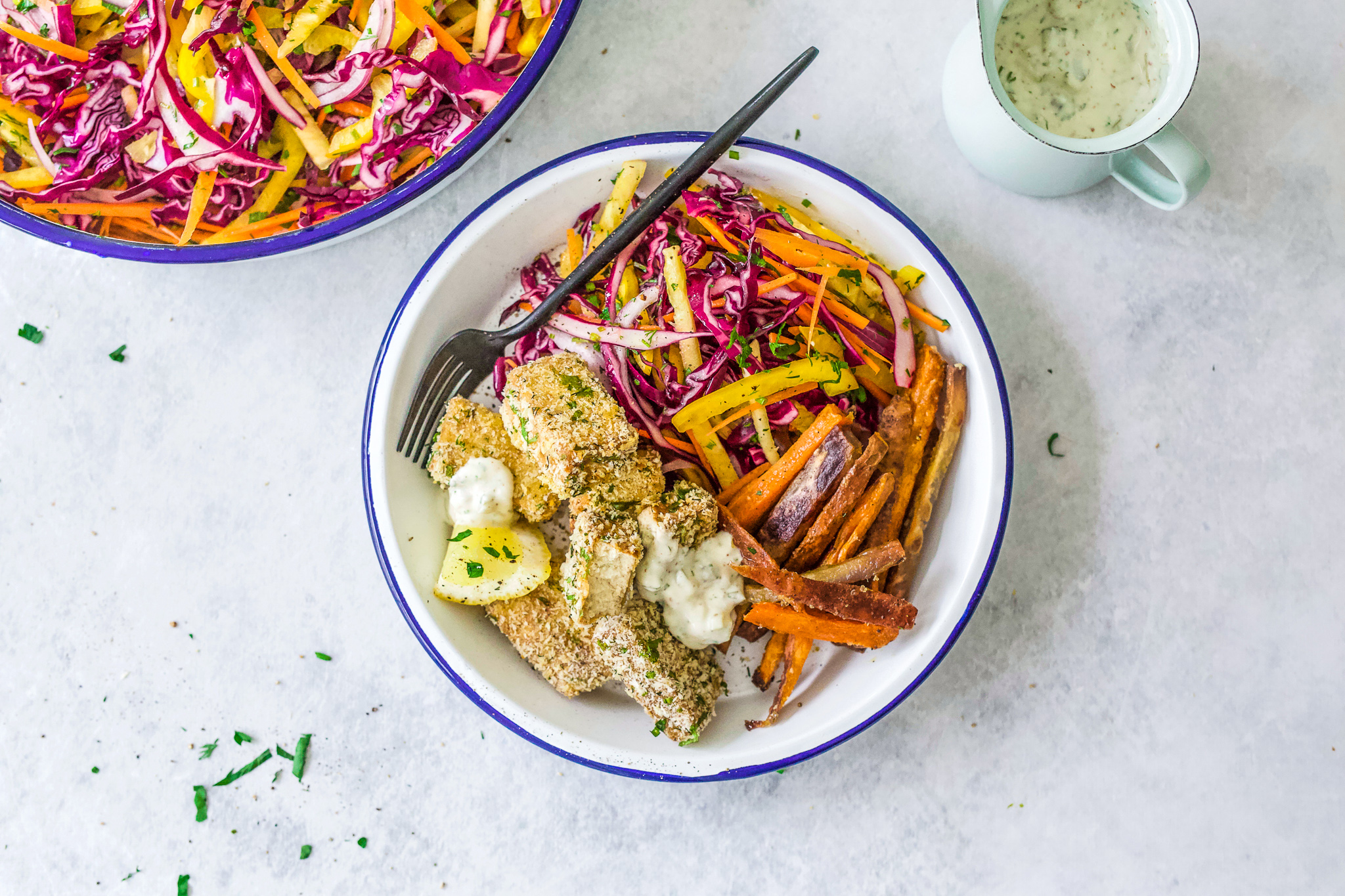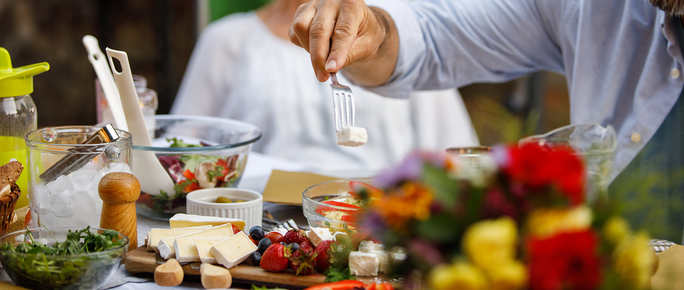
How to go plant-based with a meat loving family? Tips from readers and experts.
All geared up for a healthier start to 2023, only to have your plans to eat more plants and cut back on meat, hampered by your family of meat lovers?
That’s the spot one of our readers has found herself in, so we’ve put the call out among the Wholicious Living community - readers, chefs, foodies and dietitians - for advice on how to eat more plants and bring the family along on the ride too.
Whether you’re keen to try a vegetarian diet or simply want to add more plants to your plate, here are the best tried and tested tips, as well as tasty ideas from people who have been there.
Start with simple swaps
“I started experimenting by adding more plants to meals my family already loved and recipes I made often”, said Sanitarium dietitian Tayla Daniel. “I added plant proteins such as lentils to my bolognaise sauce, chickpeas to a curry and tofu to stir-fries. Sometimes with meat, sometimes I left the meat out. Either way, there were more plants in each serve of meals that my family all enjoy and eat regularly.”
Turning old favourites, such as spaghetti, into a plant-based dish also gets the thumbs up from reader Tristan Kent, as well as Mandy Wiley who posted she’s a fan of lentil cottage pie and veggie lasagne. “I love meat but making these family favourites with meat alternatives is just as tasty. And I haven’t met a kiddo that doesn’t like the mash. I often add a few different veggies and sneak in some mashed broccoli,” says Mandy.
Try half and half
If you don’t want to go completely plant-based, or the family finds giving up meat a tough ask, start by using half meat or chicken and half plant protein. That’s the top tip from Dr Kate Marsh, a dietitian who helps people adopt a plant -based diet to manage diabetes.
“Try replacing half the beef mince in Mexican dishes like tacos and nachos with black beans or red kidney beans. You can even buy canned bean chili. Another tasty switch is substituting meat or chicken strips with marinated tofu or tempeh in a stir-fry.” Dr Marsh says you can gradually move to meat free over-time and suggests trying bean or chickpea patties in a burger or legume-based pastas with a sauce made from some tomato passata and your favourite vegetables.
Meat-free more often
“Try a meat-free Monday recipe from your favourite celebrity chef or turn taco Tuesday plant-based. It’s a fun way for the whole family to try something new,” says student dietitian Mia Weekes. “Start with once a week and slowly increase the number of meat-free meals as you and your family discover more new and delicious vegetarian dinners.”
Going plant-based early in the week also is a top tip from Sanitarium dietitian Trish Guy. “Planning a meat-free meal at the start of the week can also make it easier to stick to your healthier eating goals, especially before the week gets too crazy.”
Make veggies the star
Chef Tom Walton is known for making vegetables so delicious no one can resist second serves. “With most veggies, simple techniques like using high heat and allowing that natural caramelisation to come through really brings out the best in even the most basic veg. A clever arsenal of herbs, spices and sauces can also help take your veggies to the next level,” says Tom.
Making your veggies the star has a big knock-on effect, according to Sanitarium dietitian Jessica Ferguson. “If they’re tasty and look yum, you’ll naturally load more onto your plate. Colourful veggie dishes also help to naturally increase the range of veggies you are eating and that means you’ll be getting a wider variety of vitamins and minerals.”
Where's the protein?
That’s the most common question nutritionist Jacqueline Alwill (aka @brownpapernutrition) gets asked when talking to people about how to eat a more plant based diet. “That’s fair, if you’ve lived most of your life consuming animal proteins, you may be left wondering where the protein comes from in the plant kingdom. All 9 essential amino acids - building blocks for protein - are plentiful in plants,” says Jacqueline.
“Eating a wide range of plants throughout the course of the day or week will ensure you get the 9 essential amino acids. And, while all plant foods contain essential amino acids, the richest sources of amino acids, and therefore proteins, come from legume and grain families, which includes: lentils, chickpeas, kidney beans, cannellini beans, butter beans, peanuts and peanut butter, black beans, soy beans, tofu, soy milk and yogurt, tempeh, legume pasta, sprouted legumes and wholegrains, oats, amaranth, quinoa, buckwheat and wholewheat. Be sure to include these foods throughout the course of your day and you’ll be consuming plentiful amounts of protein.”
Every healthy diet needs a little planning to get a balanced variety of foods and the nutrients you need to thrive. To help kick healthy eating goals and make planning easy, Jacqueline Alwill has shared her ‘day on a plate’:
- RISE: 2 glasses water
- BREAKFAST: Wholegrain bread, peanut butter, strawberries, sprinkle of cinnamon
- SNACK: Soy yogurt with green apple
- LUNCH: Crusted herb tofu with sweet potato chips and rainbow slaw – my plant-based version of fish and chips!
- SNACK: A handful of nuts and seeds, piece of fresh seasonal fruit or vegetable sticks and hummus
- DINNER: Chickpea pasta with lentil bolognese and a fresh leafy green salad
- PRE BED: Caffeine-free herbal tea
Preparation is key
Carrying on from that planning theme, having a good stock of tinned and frozen veggies makes it easier to eat more of the good stuff for meals and snacks, too. Christine B posted that her toddler son’s favourite treat is a bowl of frozen peas on a hot day. Cool, sweet and healthy!
Sanitarium dietitian Charlotte Moor always has a pantry well stocked with legumes for a cheap and easy meat alternative. “Legumes are a good source of plant protein, fibre and nutrients, and they can be a really cost effective way to help stretch your meals further,” says Charlotte. Never cooked with legumes? Here are some great recipes to try.
We’d love to hear your tips too. Join our chat on Facebook.
And if you have a question for our team of dietitians, just email us here.

The latest nutrition advice, plus health and wellness tips delivered to your inbox monthly


.png?width=684&height=290&format=png&quality=95)
